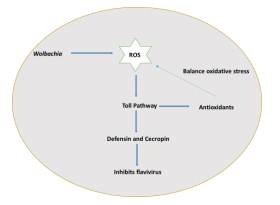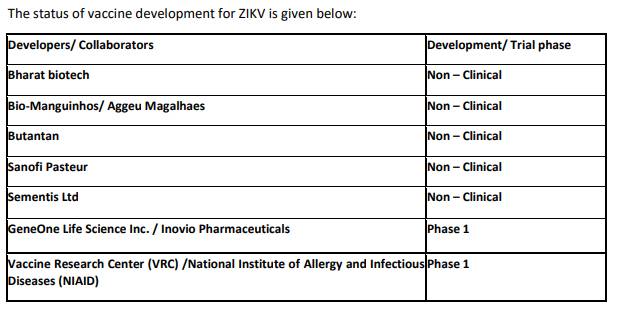Introduction
The aim of this paper is to review the recent trends in the control of Ae.egypti.
Aedes aegypti (Ae.aegypti) is the main vector for transmitting flavivirus such as ZIKV, DENV, CHIKV and YFV; which cause Zika fever, Dengue fever, Chikungunya, and Yellow fever.
Ae.aegypti has multiplied throughout the tropical and subtropical regions of the world, and is considered to be among the most widespread mosquito species that is responsible for more than one million deaths worldwide every year superscript 1. It is very difficult to control or eliminate the Ae.aegypti mosquito because of its quick adaptability to any and every environment.
The recent rise in the spread of Zika virus has been accompanied by an unprecedented rise in the number of children being born with unusually small heads, identified as microcephaly. Microcephaly has also been linked to several other problems, such as seizures, developmental delay, intellectual disability, feeding problems, etc. superscipt 2.
In the absence of a vaccine, currently feasible options to control Ae.aegypti are limited to reducing the abundance of mosquito vector populations.


